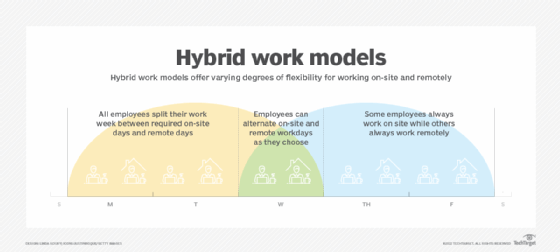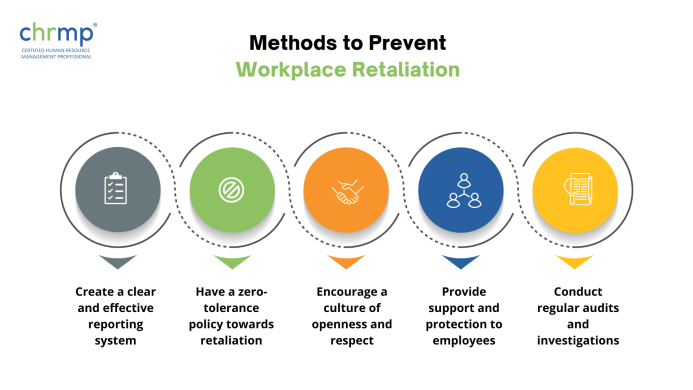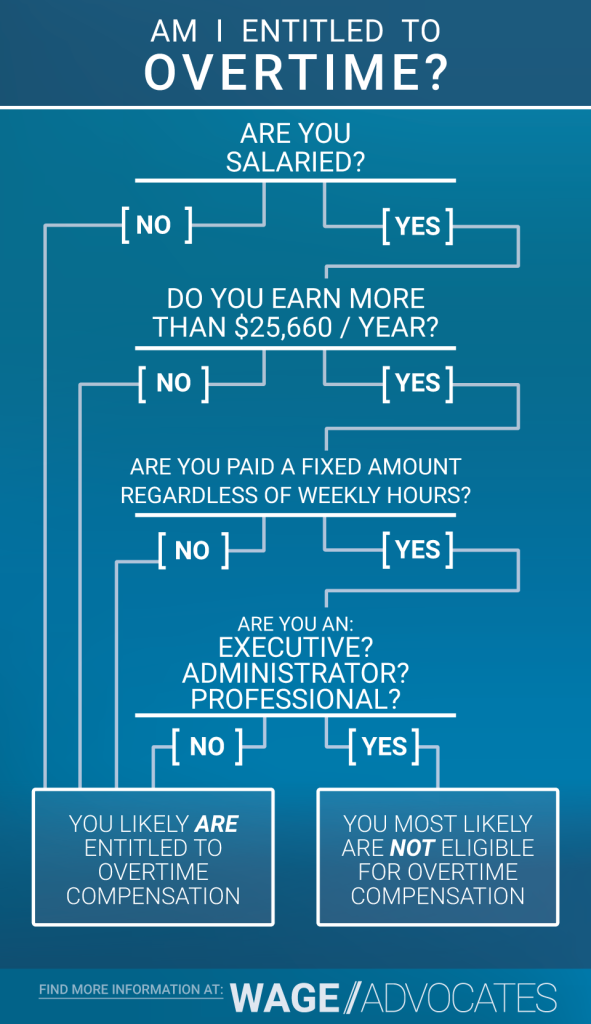
Navigating the New Normal: A Comprehensive Guide to Hiring for Hybrid Work Models
The way we work has changed forever. Gone are the days when most companies expected everyone to be in the office, five days a week. Today, more and more businesses are embracing hybrid work models, a flexible approach that blends working from the office with working remotely.
But here’s the big question: How do you find and hire the right people when your team might be spread across different locations, some in the office, some at home, and some a mix of both? Hiring for hybrid work models requires a fresh approach, new strategies, and a keen eye for different skills.
This comprehensive guide will walk you through everything you need to know about successfully hiring for your hybrid team, making it easy even for beginners to understand.
What Exactly is a Hybrid Work Model?
Before we dive into hiring, let’s make sure we’re on the same page about what "hybrid" means.
A hybrid work model is a flexible work arrangement where employees split their time between working from a central office location and working remotely (often from home).
It’s not one-size-fits-all. Hybrid can look different for every company:
- Fixed Hybrid: Employees are required to be in the office on specific days (e.g., Tuesday, Wednesday, Thursday) and work remotely on others.
- Flexible Hybrid: Employees have more freedom to choose when they come into the office, often based on team meetings or specific projects.
- Remote-First with Office Hubs: The company operates primarily as a remote team, but offers office spaces for those who prefer to come in or for occasional team gatherings.
- Team-Based Hybrid: Different teams within the same company might have different hybrid arrangements based on their specific needs.
Why are so many companies adopting it? Because it offers the best of both worlds: the flexibility and convenience of remote work, combined with the collaboration and connection that comes from in-person interaction.
Why Hiring for Hybrid is Different (and Important!)
You might think, "It’s just hiring, how different can it be?" The truth is, hiring for hybrid work presents unique challenges and exciting opportunities.
The Opportunities:
- Wider Talent Pool: You’re no longer limited to candidates who live within commuting distance of your office. This means access to a global pool of talent, potentially bringing in more diverse skills and perspectives.
- Increased Employee Satisfaction: Many candidates are actively seeking flexible work options. Offering hybrid models makes your company more attractive to top talent.
- Reduced Office Costs: A smaller physical footprint can lead to savings on rent, utilities, and office supplies.
The Challenges:
- Ensuring Equity: How do you make sure remote employees feel just as valued and have the same opportunities as those in the office?
- Maintaining Company Culture: It’s harder to build a strong team culture when not everyone is physically together all the time.
- Assessing New Skills: You need to look for different qualities in candidates, like self-discipline and strong digital communication skills.
- Onboarding from Afar: How do you effectively welcome and integrate new hires who might not step foot in the office for weeks or even months?
Successfully navigating these challenges starts with a thoughtful hybrid hiring strategy.
Key Strategies for Hiring for Hybrid Work Models
To truly excel at hiring for a hybrid team, you need to adapt your entire recruitment process. Here are the essential steps:
1. Clearly Define Your Hybrid Model (and Stick to It!)
Before you even write a job description, know what your hybrid model looks like for the role you’re hiring for.
- Be Specific: Is it 2 days in office, 3 remote? Is it fully flexible? Is it remote-first with optional office visits?
- Communicate Clearly: Don’t leave candidates guessing. State your hybrid policy upfront in job ads, during interviews, and in offer letters.
- Consistency is Key: Ensure that the hybrid arrangement for a role is consistent across the company, or clearly explain why it might differ for certain teams.
Why this matters: Candidates need to know what to expect. Clarity builds trust and attracts the right people who are looking for that specific type of flexibility.
2. Craft Compelling Job Descriptions
Your job description is your first impression. Make it count for hybrid roles.
- Explicitly State the Hybrid Nature: Use terms like "Hybrid Role," "Flexible Work," "Remote/Office Blend."
- Highlight the Benefits: Emphasize the flexibility, work-life balance, and autonomy that comes with hybrid work.
- Emphasize Essential Hybrid Skills: Beyond the core job skills, look for and mention:
- Strong Communication (written & verbal): Essential for collaborating across locations.
- Self-Motivation & Discipline: Ability to work independently without constant supervision.
- Tech-Savviness: Comfort with virtual meeting tools, collaboration platforms (Slack, Teams, Asana), and project management software.
- Adaptability: Openness to new ways of working.
- Proactiveness: Reaching out when help is needed, not waiting to be asked.
- Describe Your Culture (Hybrid Version): How do you foster connection and teamwork in a hybrid setting? Mention virtual team events, collaborative tools, or planned in-office days.
Example Job Description Snippet:
"This is a hybrid role requiring 2 days per week in our [City Name] office, with the flexibility to work remotely for the remaining days. We value strong independent workers who thrive in a collaborative virtual environment and are adept at using digital communication tools."
3. Widen Your Talent Net
One of the biggest advantages of hybrid work is the ability to tap into a broader talent pool. Don’t limit yourself!
- Go Beyond Local Job Boards: Use national and international job platforms (LinkedIn, Indeed, specialized remote job boards).
- Leverage Professional Networks Online: Encourage employees to share openings on their social media.
- Consider Time Zones: If you’re hiring globally, think about how time zone differences will impact team collaboration and meeting schedules. Be transparent about this.
Tip: Even if you prefer candidates who can come into the office sometimes, consider a wider radius than before. Someone might be willing to commute once a week from a bit further out for the right hybrid opportunity.
4. Adapt Your Interview Process
Your interview process needs to reflect the hybrid reality.
- Embrace Virtual Interviews: Make video calls your primary method for initial and even subsequent interviews. Invest in good video conferencing tools (Zoom, Google Meet, Microsoft Teams).
- Assess Hybrid-Specific Skills:
- Ask behavioral questions: "Tell me about a time you had to manage a project independently without much oversight." "How do you ensure you’re communicating effectively with remote team members?" "What’s your preferred method for asking questions when working remotely?"
- Test tech comfort: A simple technical check at the start of a video call can reveal their comfort level.
- Discuss work preferences: "What’s your ideal hybrid work setup?" "How do you stay motivated when working from home?"
- Involve Hybrid Team Members: Have candidates interview with both in-office and remote team members to give them a real sense of your hybrid environment.
- Be Prepared for Candidate Questions: Candidates will likely ask about your specific hybrid policy, technology stack, and how team collaboration works. Have clear answers ready.
5. Emphasize Communication & Technology Skills
These are the bedrock of successful hybrid work. Look for candidates who naturally excel here.
- Look for Proactive Communicators: Do they ask clarifying questions? Do they provide regular updates without being prompted?
- Assess Written Communication: This is often more important in hybrid settings. Look at their emails, application materials, and how they phrase questions.
- Verify Tech Proficiency: Beyond just saying they’re "tech-savvy," ask about specific tools they’ve used and how they’ve leveraged technology for collaboration.
- Cultural Fit for Hybrid: Do they understand the nuances of communicating across different locations? Are they comfortable using digital tools for informal chats as well as formal meetings?
6. Rethink Onboarding for Hybrid Hires
Onboarding sets the stage for a new employee’s success. It’s crucial in a hybrid model.
- Pre-Boarding: Send welcome kits, company swag, IT equipment, and access credentials before their start date. Provide a detailed schedule for their first week.
- Tech Setup & Support: Ensure their home setup is adequate and that they have easy access to IT support. Schedule a dedicated session for IT setup and troubleshooting.
- Virtual Introductions: Schedule virtual "meet and greets" with key team members, managers, and cross-functional partners.
- Buddy System: Assign a "buddy" (either in-office or remote) who can help them navigate the first few weeks, answer questions, and introduce them to the informal culture.
- Clear Expectations: Provide clear guidelines on communication channels, meeting norms, and how to access information.
- Scheduled In-Office Days (if applicable): If your model includes office days, try to schedule some in their first few weeks to help them connect in person.
Goal: Make new hires feel connected, supported, and productive from day one, regardless of their location.
7. Focus on Culture & Engagement from Day One
A strong company culture is even more vital in a hybrid setting.
- Inclusive Culture: Actively work to create a culture where both in-office and remote employees feel equally valued, heard, and have opportunities for growth.
- Virtual & In-Person Connection: Plan regular virtual team-building activities, social calls, and, if possible, occasional in-person gatherings for team bonding.
- Transparency: Share company updates and decisions openly with everyone, regardless of their location.
- Leadership Buy-in: Ensure leaders model positive hybrid behaviors and actively engage with all team members.
Remember: Your company culture isn’t just about ping-pong tables; it’s about shared values, communication, and how people feel supported.
8. Address Equity and Fairness
This is a big one. Ensure your hiring and management practices are fair to everyone.
- Performance Evaluation: Base evaluations on results and impact, not on "face time" in the office.
- Career Progression: Ensure remote employees have the same opportunities for promotions, training, and challenging projects as in-office employees.
- Access to Resources: Provide remote employees with the necessary tools, software, and support to do their jobs effectively.
- Meeting Practices: When conducting meetings, ensure all participants, remote or in-office, have an equal voice and visibility. (e.g., if one person is remote, everyone joins from their own laptop for video parity).
Common Mistakes to Avoid When Hiring for Hybrid
Even with the best intentions, it’s easy to stumble. Here are some pitfalls to steer clear of:
- Not Clearly Defining Your Hybrid Model: Leading to confusion for both candidates and existing employees.
- Ignoring Technology Needs: Assuming everyone has a perfect home office setup or that your current tools are sufficient.
- Lack of Clear Communication: Failing to set expectations about how hybrid work actually functions within your company.
- Forgetting About Culture: Not actively working to build an inclusive culture for all team members, regardless of location.
- Treating Remote Staff as Second-Class Citizens: Favoring in-office employees for opportunities or informal discussions.
- Overlooking Hybrid-Specific Skills: Hiring based solely on traditional qualifications and not assessing adaptability, self-management, or digital communication.
- Inconsistent Policies: Different rules for different teams without a clear rationale, leading to resentment.
The Future of Hybrid Hiring
Hybrid work isn’t just a temporary fix; it’s becoming a standard. As companies continue to adapt, hiring for hybrid work models will become more sophisticated.
We’ll see:
- More specialized recruiters focusing on hybrid and remote talent.
- Advanced AI tools to assess soft skills crucial for distributed teams.
- Greater emphasis on employee well-being and support for flexible work.
- Companies becoming experts at creating truly inclusive and productive hybrid environments.
Embracing this change isn’t just about adapting; it’s about gaining a competitive edge in the war for talent.
Conclusion: Embrace the Hybrid Revolution
Hiring for hybrid work models might seem complex at first, but it’s an exciting opportunity to build a stronger, more diverse, and more resilient workforce. By clearly defining your model, adapting your recruitment process, focusing on essential hybrid skills, and fostering an inclusive culture, you can attract and retain the best talent, no matter where they work.
The future of work is flexible, and your hiring strategy needs to be too. Start planning today, and set your company up for success in the dynamic world of hybrid work!




Post Comment